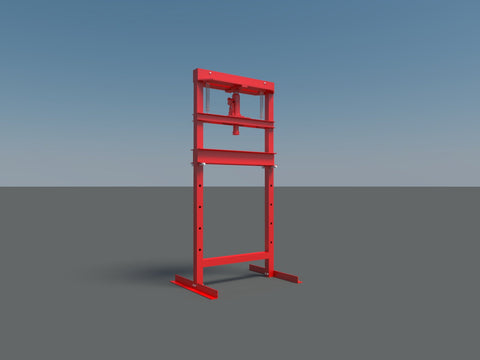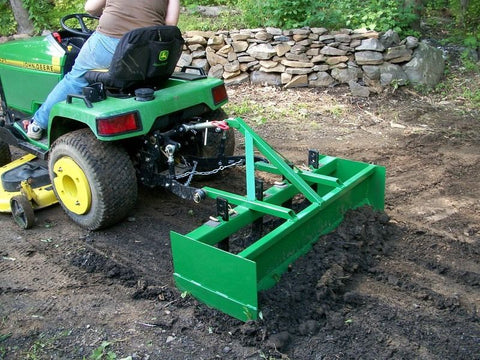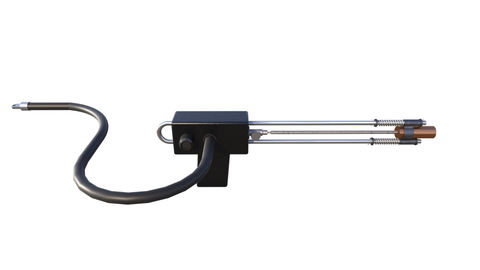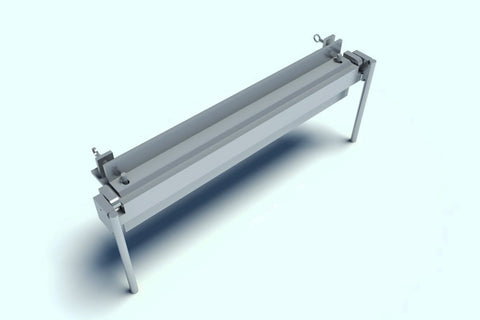Sheet Metal Bead Roller DIY Plans Bending Roll Roller Metalworking Equipment
These DIY plans will show you how to build your own Sheet Metal Bead Roller.
ROLLING CAPACITY
16 gauge x 48” wide
10 gauge x 24” wide
7 Ga. x 12” wide
Minimum diameter 6”
Swing out end to allow easy removal of rolled material Electrical Drum switch to reverse roller direction.
What is a Sheet Metal Roller?
In the process of forming a sheet metal part, you might come across a sheet metal roller. These machines have a variety of advantages, including side-rolls that create mechanical advantages. Other benefits include wider bending lengths, heavier gauge, and variable three-roll pitch. However, the process of creating a sheet metal part with a sheet metal roller is not the same as creating one with a bending machine.
Side-rolls produce the mechanical advantage
Rollformers are a type of rolling machine that can be used on a variety of sheet metals and can be highly automated. This machine is capable of rolling rounded boxes, tube segments, and ovals. It has an inherent advantage over conventional rolling machines because it can produce small diameters in one pass.
This machine can roll thin or thick materials with equal ease. The mechanical advantage comes from the placement of the side-rolls. When the side-rolls are fully open, the machine will have maximum mechanical advantage and can roll materials up to two inches thick. When the side-rolls are closed, the roll can roll up to 1/2-inch thick material.
The mechanical advantage of side-rolls in rolling sheet metal is due to the fact that they have a greater rigidity than the lower roll. This results in a consistent stress distribution and a reduction of spring back. In addition, the bending radius of the cylinder is the same as the diameter of the plate being rolled. The smaller the plate diameter, the greater the bending force required to form it.
Variable three-roll variable pitch
Variable three-roll sheet metal rollers are capable of bending medium-to-thick plates, which is why they are an essential tool in various industries. These types of rollers are commonly used in the general fabricating, metal structure, petroleum, and shipbuilding industries.
Variable three-roll rollers are made up of three moving rolls: a top roll and two side rolls. The top roll moves vertically while the side rolls move horizontally. The top roll presses the metal plate between the side rolls, which is what gives the machine its variable pitch. This machine is capable of rolling many different thicknesses and diameters. Four-roll rollers are also available, which are equipped with a pinching roll and two side rolls. In addition to bending flat plates, they can be used to bend various types of materials, from stainless steel to aluminum.
Wider bending lengths
The bending process of sheet metal creates compression and tension. This is true of both the inside and outside portions of the sheet. Within the sheet, the boundary line is known as the neutral axis. This boundary line is always the same length, no matter how much the sheet is bent or compressed. Consequently, the change in lengths of the inside and outside surfaces is proportional to the change in lengths of the flat surface. The bend allowance is the change in length in relation to the original flat length.
The bend axis is a straight line that is referred to as the bend line. The flange length is the distance from the edge of the sheet to the bend line. The bend radii must be at least 1 time the thickness of the material. These factors are important when designing a bend.
Heavier gauge
There are several types of sheet metal rollers available. A heavier gauge sheet metal roller will be needed for larger jobs, while a smaller one will be sufficient for smaller jobs. Some rollers have multiple functions, including sheet metal cutting, bending, and sheet metal bending. Some rollers are motorized, including the back roll adjustment. Some also feature powered upper and lower rolls, and a movable operators control station.
Heavy gauge sheet metal rollers can roll up to 20 inches in width. A standard size can roll up to 1/8" thick (10 ga) steel sheet, and a 24-inch unit can handle up to three/16" thick steel sheet. These rollers may also be equipped with side supports to help prevent objects with large radii from recurving. Safety features are also a must-have for any machine shop. Emergency stops, control circuitry, and safety breakers should be installed on each sheet metal roller, as well as detached operator controls.
Safety measures
Safety measures for sheet metal roller operators include wearing PPE (personal protective equipment) such as gloves, protective headgear, and heat and spark resistance glasses. The environment around the sheet metal rolling equipment should be clean and free from any chemical or temperature-reactive objects. The operator must never work directly in front of the equipment.
Operators of sheet metal roller machines should also know how to properly maintain their equipment. Routine maintenance is vital to avoid mechanical problems and injuries, and prevents potential accidents. There are also a number of preventive measures that can be taken to increase the machine's performance and decrease the risks of an accident.
Safety measures for sheet metal roller machines can also prevent workers from tripping or being trapped between the sheet metal rollers. The rollers should be operated in a "run" position, and the working surfaces should be kept clean and free of dirt or rust. The rollers should also be fitted with emergency stop devices.
All plans are designed or reviewed by Ben Stone. Ben is a retired Engineer in Canada. Ben also drafts these himself using the latest AutoCAD software to ensure accuracy. He studied Engineering back in the early 1980's. After over 30 years in the Construction industry he developed a passion for building cool items around his farm and cabin. These are great DIY projects. With a little skill anybody can Do It Yourself. Ben is always a email away if you have any questions while building one of his projects. He is adding new plans all the time.









